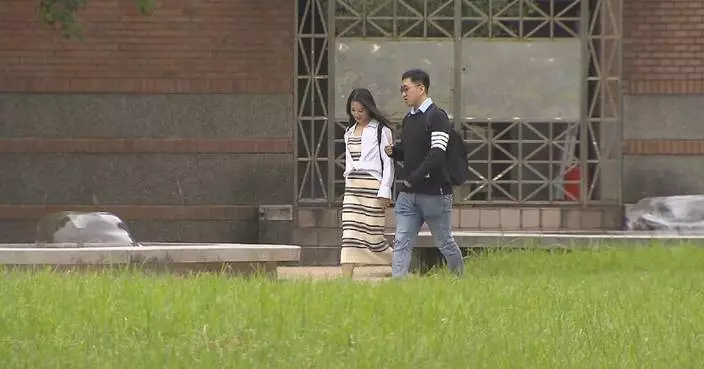The nuclear power cooperation between China and France transcends borders and benefit both countries, said Herve Machenaud, former CEO of the Asia Pacific division of Electricite de France (EDF), a major multinational utility company.
Machenaud served as the technical manager of China's Daya Bay Nuclear Power Plant project in the 1980s, when China initially started its exploration in nuclear power field.
He participated in the close cooperation between China and France in nuclear power industry for decades since 1980s, and is an important witness to the friendly exchanges between the two countries.
"China's development in nuclear field initially started out a bit like France in the 1970s. With France's help, China built up its first nuclear power plant, then a second one. There was a learning process, roughly from the 1980s to the early 2000s, embodying near-perfect industrial technology. Cooperation between France and China in the nuclear field began at the Daya Bay Nuclear Power Station. China wanted France to [help] build its first nuclear power plant, and that was a special cooperation," he said.
The nuclear power, with advantages of high energy density and low carbon emissions, is expected to play an important role in future power supply and energy transformation, as countries around the world have been accelerating their clean energy transition.
"The energy transition is clearly an important global issue, in which I think France and China play a special role and shoulder a special responsibility. I think France and China have similar ideas on protecting the nature and assuming international responsibilities. One of the main areas of China-France cooperation is nuclear power. This area meets the needs of the energy transition. This shared vision was reflected in the process of reaching the Paris Agreement. China and France have played a very special role in promoting it," Machenaud said.
Machenaud said the cooperation in nuclear power between France and China can benefit both his home country and China, and a true way for cooperation is expected to be find in the future for the two countries.
"I'm proud to help China launch its plans to harness nuclear energy, as I think, in this work, I benefited both France and China. I would like to say that one party will not hinder the other, as it is a common interest that transcends borders and countries. I hope that, for our bilateral relationship, France and China can find a way to truly cooperate. I also hope that geopolitics will not impact the mutual benefits between China and France," he said.

France-China nuclear power cooperation transcends borders: former EDF executive









